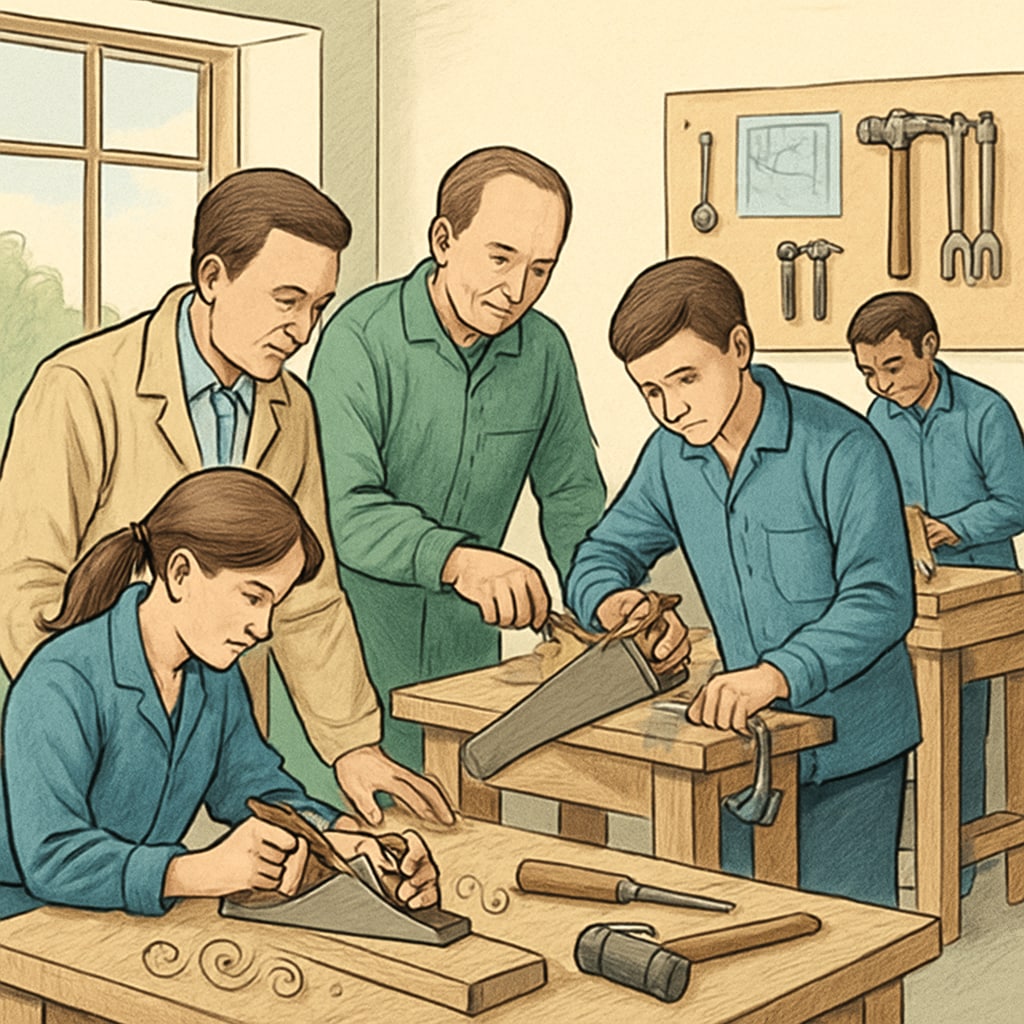The modern K12 education system is at a crossroads, facing the challenge of integrating vocational education, academic balance, and structural innovation. As schools and educators strive to prepare students for the complexities of the 21st-century workforce, finding ways to unite practical technical skills with traditional academic knowledge has become essential for fostering well-rounded individuals. This balance requires a thoughtful approach to curriculum design, policy-making, and resource allocation.
Complementary Nature of Vocational Education and Traditional Academics
Vocational education focuses on equipping students with job-ready skills such as technical expertise, problem-solving, and hands-on experience. On the other hand, traditional academics nurture critical thinking, theoretical knowledge, and cultural literacy. These two domains, often perceived as distinct, are deeply complementary. For instance, a student pursuing engineering benefits greatly from mathematics and physics while engaging in vocational training to apply these concepts practically.
Moreover, integrating both pathways allows students to explore diverse interests, ensuring they are not confined to a single career trajectory. This dual focus also prepares them for a dynamic job market where adaptability and interdisciplinary skills are increasingly valued.

Implementation Models Across School Districts
Different school districts have adopted unique models to balance vocational education and traditional academics. For example:
- Integrated Curriculum: Schools combine vocational training with academic subjects, such as offering project-based learning that blends engineering concepts with mathematics and physics.
- Dual Enrollment Programs: Students attend vocational training centers part-time while continuing their traditional academic studies in school.
- Career Academies: Specialized academies focus on industry-specific skills, such as healthcare or technology, while maintaining a strong foundation in academic subjects.
These models demonstrate that successful integration depends on flexibility, community needs, and collaboration with industry experts.

Building an Integrated Curriculum for Holistic Development
Creating a curriculum that harmonizes vocational and academic education requires several practical steps:
- Stakeholder Collaboration: Educators, industry professionals, and policymakers must work together to identify skills gaps and design programs that address them.
- Technology Integration: Leveraging tools like online simulations and virtual labs can bridge theory and practice, enriching learning experiences.
- Flexible Scheduling: Schools can offer modular programs that allow students to alternate between academic and vocational courses.
- Continuous Assessment: Evaluating both technical skills and academic progress ensures alignment with holistic learning goals.
For example, Finland has successfully implemented such strategies, combining vocational training with a strong emphasis on academic excellence. The result is a robust workforce equipped for both local and global challenges (Education in Finland on Wikipedia).
Challenges and Future Directions
While the integration of vocational and academic education offers immense benefits, challenges persist. Limited funding, insufficient teacher training, and rigid curriculums often hinder progress. As a result, schools must prioritize investment in professional development programs, curriculum design, and infrastructure upgrades. Governments and private organizations can play a vital role in addressing these gaps by providing resources and policy support.
Looking ahead, schools could explore emerging technologies like artificial intelligence and digital learning platforms to further bridge the gap between vocational and academic pathways. For instance, AI-driven tools can personalize learning experiences, ensuring students receive tailored guidance in both domains (Artificial Intelligence on Britannica).
Ultimately, the key to achieving vocational education, academic balance, and structural innovation lies in embracing flexibility and collaboration. By implementing these strategies, schools can cultivate a generation of students who are prepared for both professional success and lifelong learning.
Readability guidance: This article uses concise paragraphs, practical examples, and lists to ensure clarity. It avoids excessive jargon and balances technical details with accessible explanations, making it suitable for educators and policymakers.


